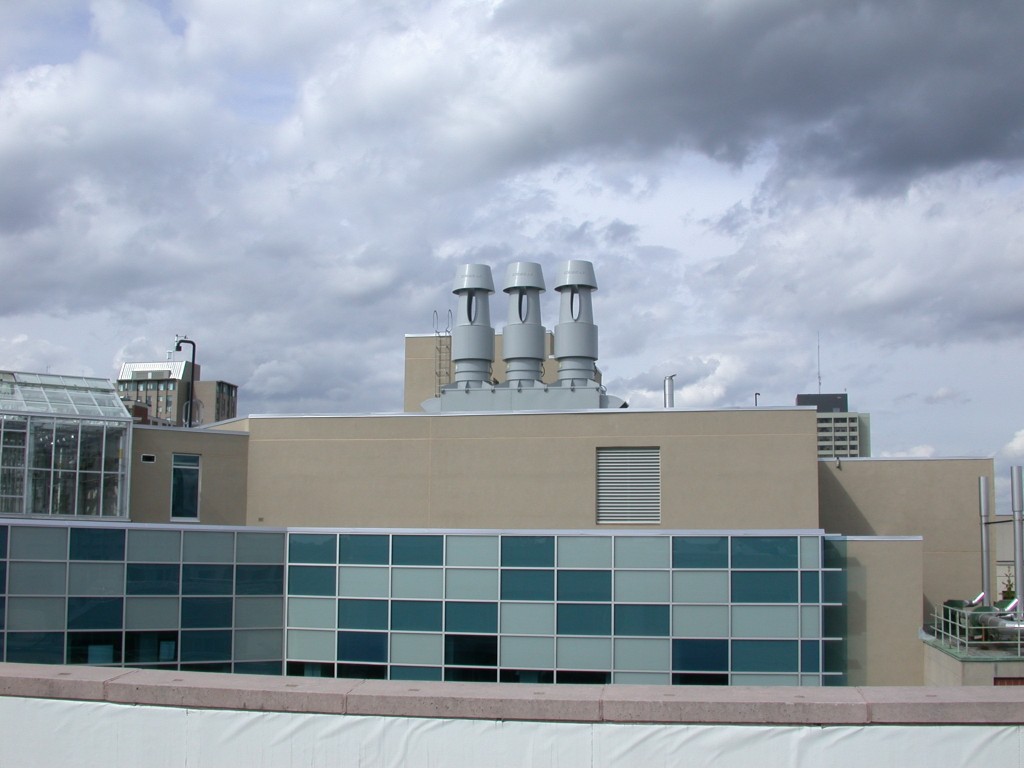Air quality assessments are essential elements of design and ‘due diligence’ studies for various developments, including transportation corridors, research facilities, industrial facilities and infrastructure such as wastewater treatment plants. While issues related to air quality are often more acute in urban centres or in proximity to the source of pollution, long-range transport and atmospheric interactions cannot be ignored when considering ambient levels and long-term effects.
Poor air quality affects human beings directly in terms of health effects and odour annoyance, as well as indirectly in terms of deterioration of the natural habitat.
Industrial emissions from point and area sources have short-range impacts on nearby sensitive areas. The level of impact is influenced by local topography and wind conditions.
Research and development facilities at universities, industrial paint spray booths, emergency generators, and district heating plants, among others, handle a wide variety of gaseous emissions that vary in toxicity and odour impact. Gradient Wind has been involved with modelling and resolving problems with highly toxic and odorous emissions. The impacts of these emissions have been studied on various levels, such as how they influence the occupants when they re-enter the building through fresh air intakes, as well as their impacts on the surrounding community.
The assessment of air quality and its impact is done through dispersion modelling analysis. This process models the emission, distribution and dilution of a plume of gas as it spreads from the source to a receiver (point of impingement).
Factors affecting dilution include the distance between source and receiver, localized air flow around buildings, variations in wind direction, wind speed, temperature, and humidity. ASHRE and AERMOD are empirical models used for air dispersion modelling, which generally provide conservative results.

